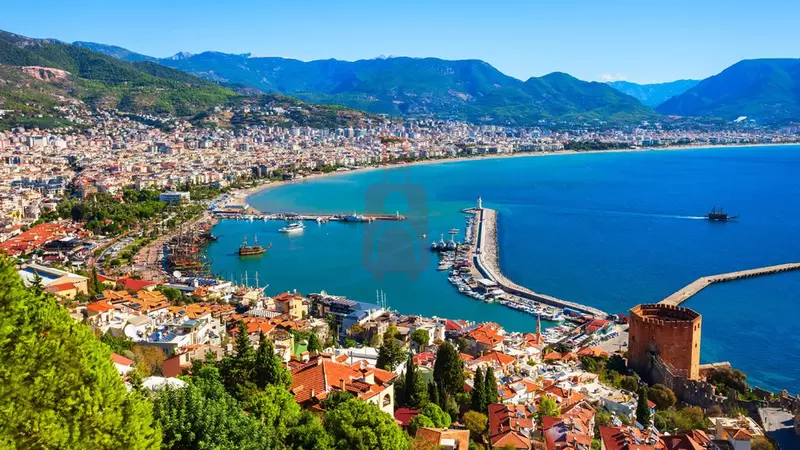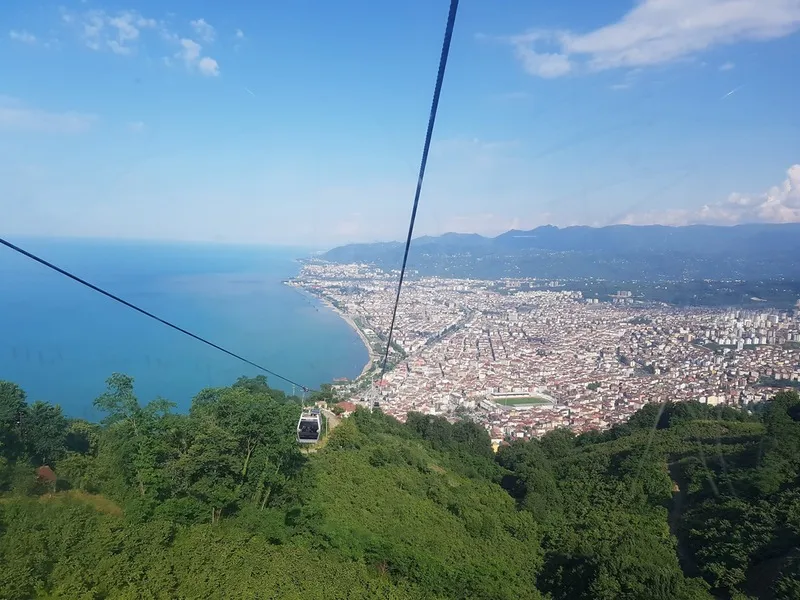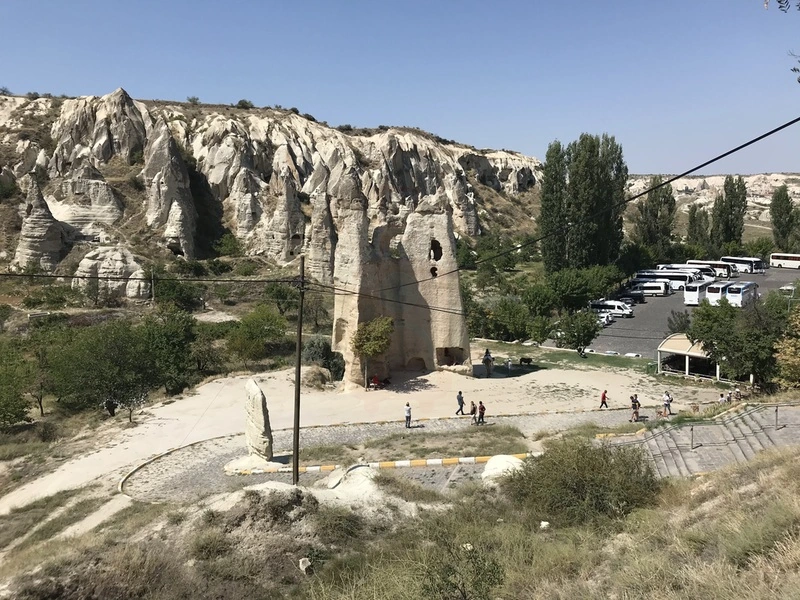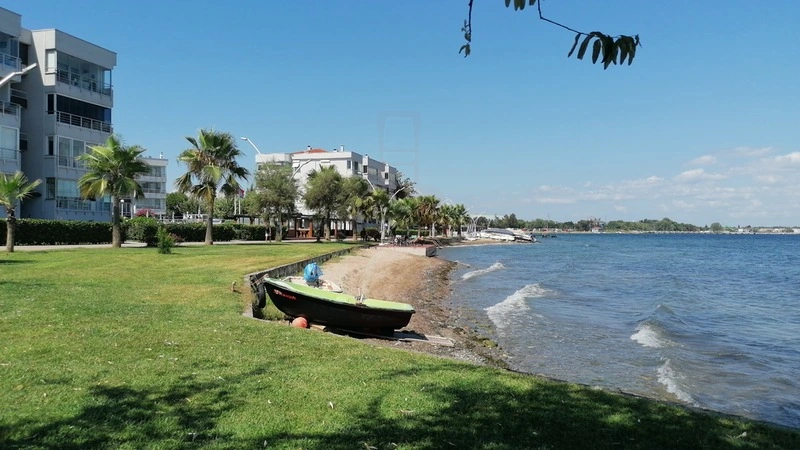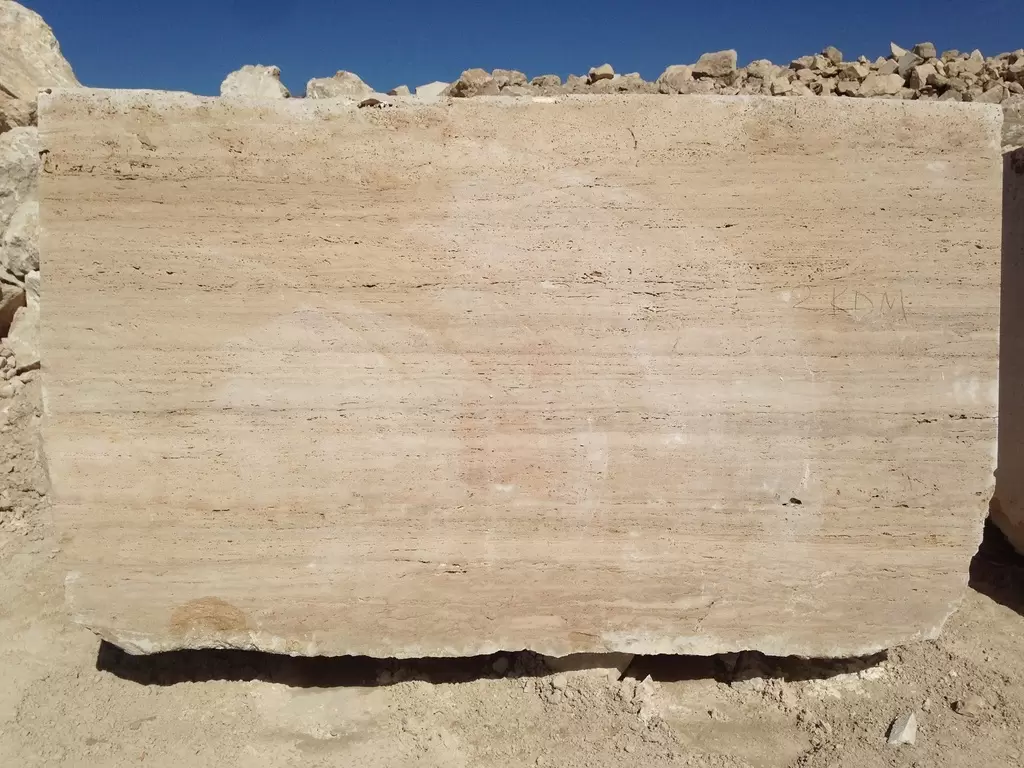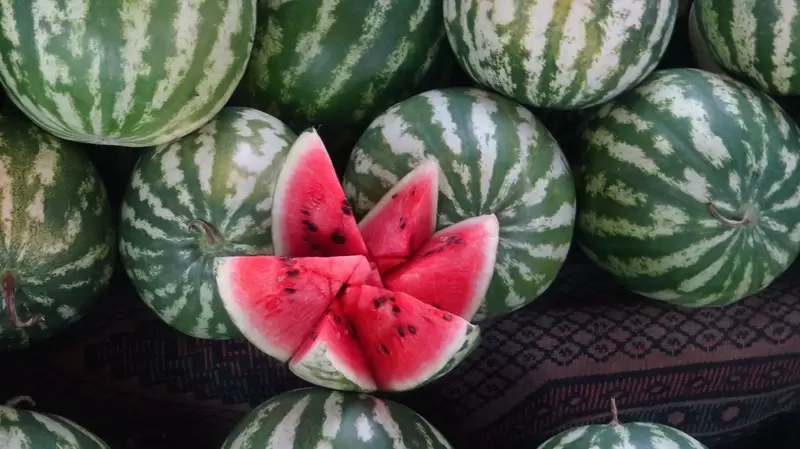
Diyarbakir Watermelon, a geographically indicated product from Turkey's Diyarbakir region, is internationally celebrated for its extraordinary size, unique taste, and striking appearance. Cultivated using traditional methods, including the region’s historic “well-watered” farming technique, Diyarbakir Watermelon is a testament to the area’s agricultural expertise and cultural heritage.
Distinctive Features
-
Exceptional Size
- Diyarbakir Watermelon is among the largest watermelons in the world, with average weights ranging from 20 to 30 kilograms.
- When grown using the traditional “kuyu karpuzculuğu” (well irrigation) method, individual fruits can reach an impressive 50 to 75 kilograms.
-
Distinctive Appearance
- Shape: The watermelons are round or oval, fitting the classic watermelon profile.
- Rind: The thick outer rind, measuring 2–3 cm, features a vibrant green base with bold, dark green stripes. These stripes are evenly spaced and distinct, adding to its visual appeal.
- Flesh: The interior is a deep crimson red, with a succulent and visually appealing texture.
-
Flavor and Texture
- Diyarbakir Watermelon is known for its sweet and refreshing flavor, with a balanced sugar content that satisfies without being overpowering.
- The flesh is slightly fibrous but remains tender and juicy, making it a favorite summer fruit.
-
Nutritional Content
- The watermelon is rich in water, comprising about 90% of its content, making it hydrating and perfect for hot climates.
- The average soluble solid content (SSC), which measures sweetness, is about 10%, with some variations yielding even higher values.
-
Seed Characteristics
- The seeds are small, black, and numerous, with an average of 650–750 seeds per fruit.
- Seed size ranges from 11 mm in length to 6 mm in width, with an average weight of 0.093 grams per seed.
-
Cultivation Practices
- Diyarbakir Watermelon thrives in the region's fertile soils and warm climate, which provide the ideal conditions for growth.
- The plants are annual with a sprawling, vining habit. They develop strong roots, which are crucial for supporting the large fruits.
- Traditional farming techniques, such as well irrigation, contribute to the unique size and flavor of the watermelons.
-
Flowering and Pollination
- Flowering begins approximately 85 days after planting, with male flowers appearing first, followed by female flowers.
- Pollination occurs naturally through insects, ensuring genetic diversity and healthy fruit development.
-
Cultural Significance and History
- Diyarbakir Watermelon is a symbol of regional pride, deeply intertwined with the cultural and agricultural identity of the area.
- Historically, the region produced multiple varieties, such as Sürme, Pembe, Beyaz Kış, Kara Kış, and Ferik, though today the Sürme variety dominates production.
-
Harvesting and Yield
- Harvest begins in August, with 2–3 rounds of picking depending on weather conditions.
- A single plant typically produces 3–4 watermelons, reflecting the focus on quality and size over quantity.
-
Versatility and Uses
- Diyarbakir Watermelon is predominantly consumed fresh, enjoyed for its hydrating and sweet properties.
- Its large size makes it ideal for community gatherings and celebrations, where it serves as a centerpiece and a refreshing treat.
-
Geographical Indication and Global Recognition
- The geographical indication status ensures that only watermelons grown and harvested in Diyarbakir using traditional methods can bear the name “Diyarbakir Watermelon.”
- Its reputation has extended beyond Turkey, making it a sought-after fruit in international markets.
Conclusion
Diyarbakir Watermelon is a true masterpiece of Turkish agriculture, combining tradition, natural conditions, and meticulous cultivation. Its extraordinary size, sweet flavor, and stunning appearance make it a standout product, cherished both locally and globally. Whether enjoyed as a refreshing snack or showcased at festive events, Diyarbakir Watermelon represents the agricultural excellence and cultural heritage of the Diyarbakir region.
